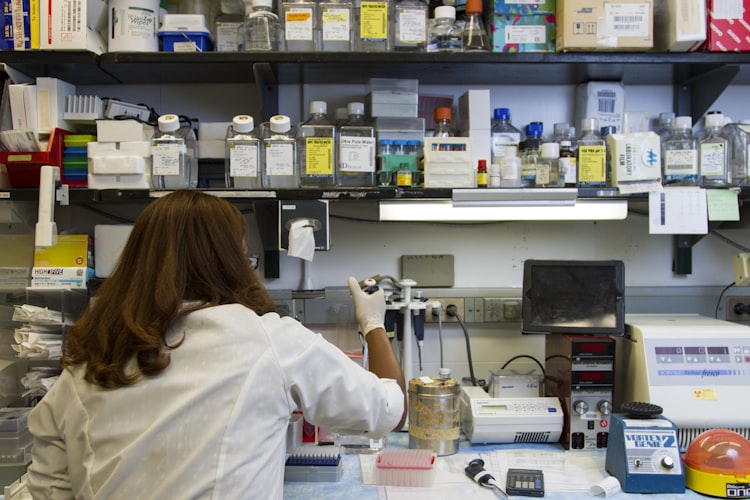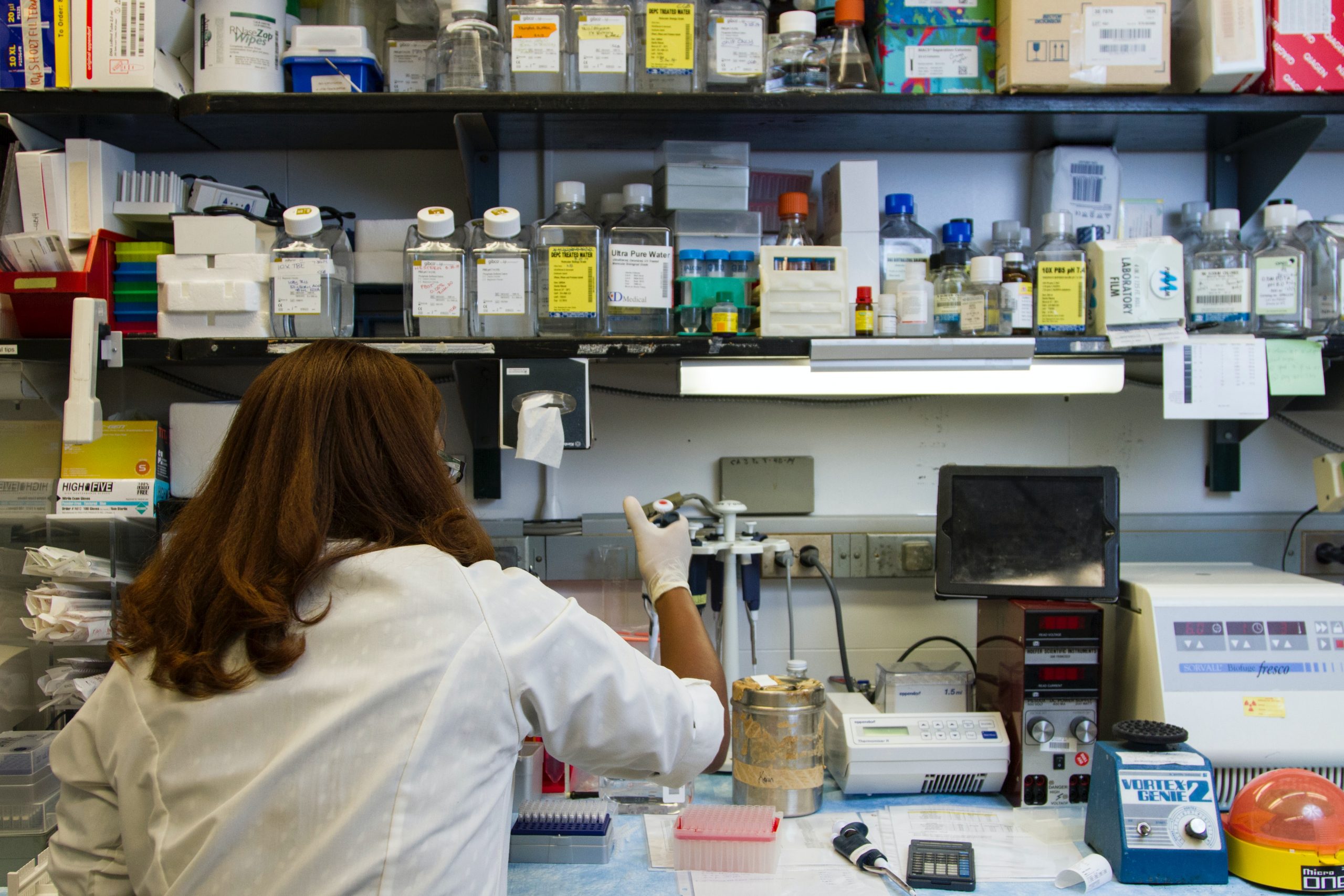Machine Learning Model Assists Drug Discovery

Tandem tandem mass spectrometry. is one of the most powerful analytical tools that are employed in the field of drug discovery.
Researchers at Purdue University have now created a new technique that utilizes concepts derived from machine learning and has applied them to tandem mass spectrometry. This improves the information flow in the drug development. Chemical Science, a peer reviewed journal, has published the work produced by these researchers.
Mass Spectrometry
Assistant professor of physical and analytical chemistry at Purdue’s College of Science, Gaurav Chopra, said, ‘Mass spectrometry plays an integral role in drug discovery and development. The specific implementation of bootstrapped machine learning with a small amount of positive and negative training data presented here will pave the way for becoming mainstream in day-to-day activities of automating characterization of compounds by chemists.’
Two Main Problems
Gaurav Chopra mentioned that there were two significant issue regarding using machine learning for chemical sciences. A chemical understanding of the algorithm decisions are not provided. Also, a model cannot be determined to be accurate enough to use in a chemical laboratory.
We have addressed both of these items for a methodology that is isomer selective and extremely useful in chemical sciences to characterize complex mixtures, identify chemical reactions and drug metabolites, and in fields such as proteomics and metabolomics.
Chopra
The scientists created a comprehensive machine learning model that require less training data to function. They did so by using a method that’s very useful for drug discovery. The algorithm looks at MOP (2-methoxypropene), which is a common neutral reagent. It then predicts how certain chemicals will react with MOP in a tandem mass spectrometer. This provides a compounds structural information.
This is the first time that machine learning has been coupled with diagnostic gas-phase ion-molecule reactions, and it is a very powerful combination, leading the way to completely automated mass spectrometric identification of organic compounds. We are now introducing many new reagents into this method.
Hilkka Kenttämaa – Frank Brown Distinguished Professor of Analytical Chemistry and Organic Chemistry
The team of Purdue researchers introduced flowcharts of chemical reactivity to provide a chemical interpretation of the algorithm’s choices. This will be helpful in the interpretation and and understanding of the structural information’s mass spectra.
If you liked this article, then maybe you should check this one out.




